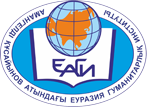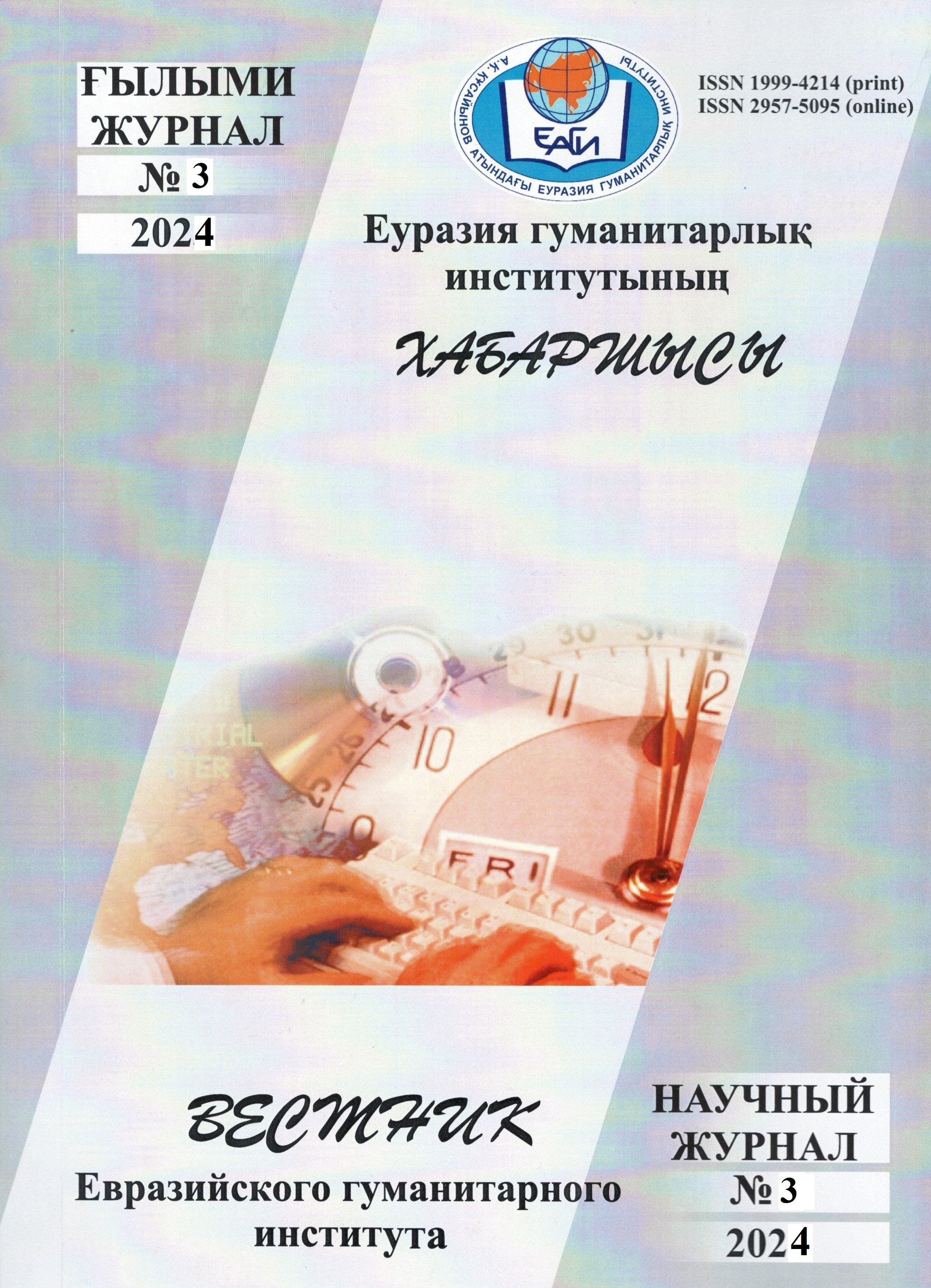ВИРТУАЛДЫҚ ШЫНДЫҚ АРҚЫЛЫ БІЛІМ БЕРУ: АҒЫЛШЫН ТІЛІ БОЙЫНША ПИЛОТТЫҚ ЗЕРТТЕУ НӘТИЖЕЛЕРІ
Кілт сөздер:
ағылшын тілін оқыту, виртуалды шындық (VR), студенттер, білім, цифрлық технологияАңдатпа
Бұл мақала виртуалды шындық (VR) технологиясын, атап айтқанда Google Cardboard сияқты басты құрылғыларды (HMD - head-mounted devices) ағылшын тілін шет тілі (TEFL) ретінде оқытуға біріктіруді қарастырады. Зерттеу студенттердің виртуалды шындық арқылы ағылшын тілін үйренуге деген көзқарасын зерттеуге бағытталған. Зерттеуге бес апта ішінде 44 студент қатысты. Дэвистің (1989) технологиясын қабылдау моделі деректерді жинаудың негізгі құралы ретінде пайдаланылды. Деректер JASP платформасында сипаттамалық статистиканы қолдану арқылы талданды. Нәтижелер студенттердің ағылшын тілі сабақтарында виртуалды шындықты қолдануды қабылдауы өте оң екенін көрсетті. Авторлар виртуалды шындықты пайдалана отырып, ағылшын тілін оқыту саласындағы қазіргі зерттеу нәтижелеріне жан-жақты шолу жасады. Бұған қоса, болашақ зерттеу бағыттары виртуалды шындықты метаверсті платформалармен интеграциялауды, басқа пәндерден виртуалды шындық технологияларын бейімдеуді және виртуалды шындықты ағылшын тілін үйренуге қолданудағы зерттеу олқылықтарын шешуді қамтиды.


